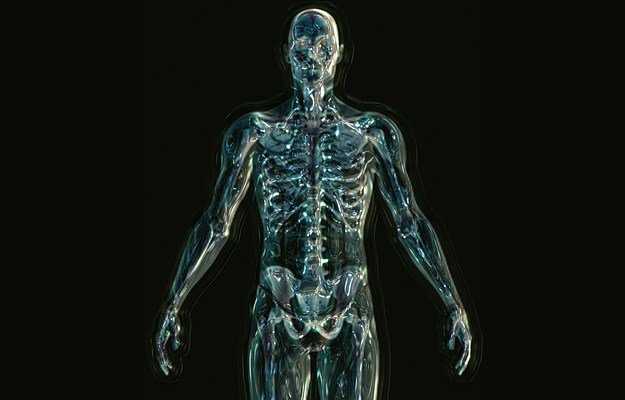What is Acromegaly?
Acromegaly comes from the Greek words ‘akron’ meaning extremities and ‘megal’ meaning large. It is a disease primarily characterized by enlarged hands and feet, caused due to an excess amount of growth hormone (GH) production in the body.
It is usually seen in middle-aged people, and the condition can go undiagnosed for a long time. Acromegaly is rare, but it can cause fatal complications if left untreated.
What are the main signs and symptoms?
Common Symptoms
- The characteristic symptoms are enlarged bones of the hands, feet, skull and face. This is commonly observed when there are ill-fitting finger rings or shoes.
- The bones of the jaws are increased in size, making the face appear bigger and out of proportion to the rest of the face.
Other Symptoms
- A person develops a husky voice due to enlarged vocal cords.
- The skin becomes loose, thick, and oily.
- Muscle weakness and fatigue may also occur along with joint pain and breathing problems.
- Women may show irregularities in their menstrual cycles, whereas men may have erectile dysfunction.
What are the main causes?
- Hormonal Imbalance
Any imbalance in GH or the insulin-like growth factor (IGF) due to diet, stress, lifestyle changes, or sleep patterns, results in acromegaly. (Read more: Hormonal Imbalance symptoms) - Pituitary Tumours
Acromegaly can also be as the result of a pituitary tumour called adenoma that results in an increased secretion of the growth hormone. - Non-pituitary Tumours
A tumour in other vital organs, such as brain, lungs, adrenal glands or pancreas, can sometimes lead to an increase in GH.
How is it diagnosed and treated?
Since acromegaly shows gradual symptoms, it often goes undiagnosed, leading to complications. Various procedures that may be employed to diagnose this disorder are:
- Blood Investigations
The GH and IGF-I levels are assessed over time rather than a single reading. The result of the growth hormone suppression test provides a definitive diagnosis. - Imaging
X-ray scans are a useful tool to see bone changes. A magnetic resonance imaging (MRI) or a computerised tomography (CT) scan will determine the location and size of a tumour.
The objective of treatment involves regulating GH levels, reducing tumour size, and controlling other symptoms. The treatment depends on the cause, symptoms, age, and lifestyle of the person.
- Medications
Depending upon the hormone responsible for the imbalance, your endocrinologist (a doctor who specialises in hormone-producing glands and related diseases) will prescribe medicines to bring the levels of GH or IGF-I in check. The side effects include nausea, vomiting and diarrhoea. - Surgery
This procedure is used in people with a tumour. Complications include damage to the pituitary gland and impairment of hormone secretion. - Radiation
In some people, surgical removal is insufficient. In such cases, radiation therapy is employed to reduce GH levels. Radiation requires several months and can cause side effects, such as vision impairment and brain injury.
Timely diagnosis and treatment of acromegaly are essential to avoid complications, including diabetes, hypertension, and sleep apnoea.
(Get online doctor consultation for any health issue)

 OTC Medicines for Acromegaly
OTC Medicines for Acromegaly















